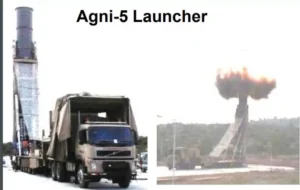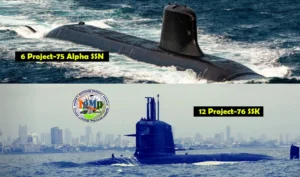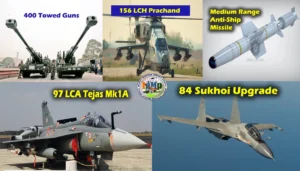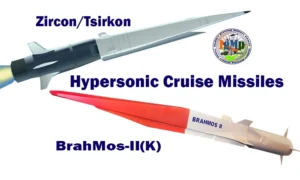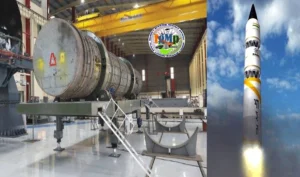Source : Bulgarian Military
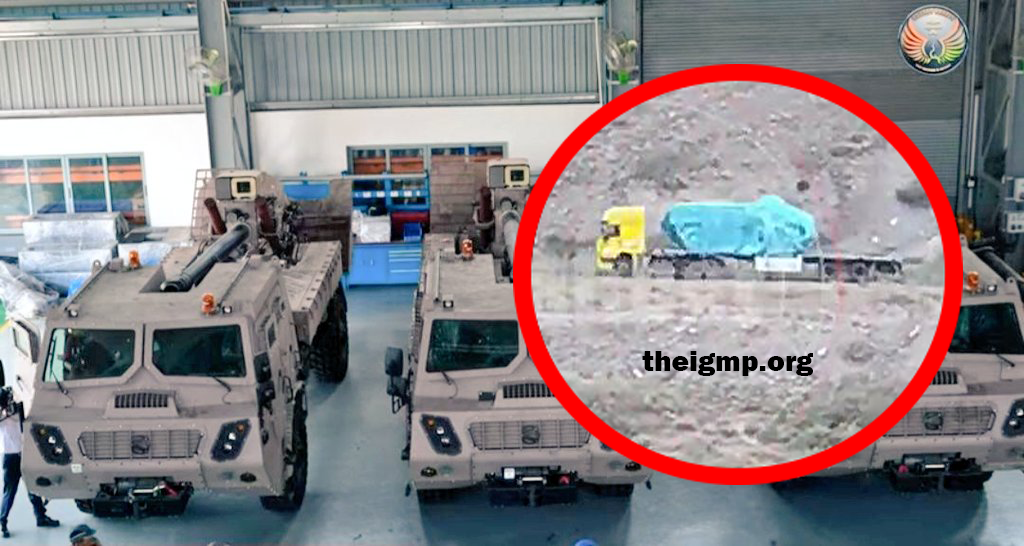
Gayane Abrahamyan, a former lawmaker, has suggested that Russia might be exerting pressure on Iran to impede the shipment. The repetition of this claim by various sources highlights concerns about how geopolitical maneuvers could be influencing the modernization of the Armenian military forces.
Despite the widespread dissemination of Abrahamyan’s speculation, it has not yet been validated. When asked for comments in February 2024, Iran’s ambassador to Armenia, Mehdi Sobhani, avoided making a direct statement. Instead, he emphasized Iran’s commitment to a stronger Armenia and the importance of maintaining a balanced distribution of power within the region for sustained peace. This suggests a likely inclination to support Armenia’s military development, although it doesn’t directly address the issue of the Indian supply.
The situation seems to be further complicated by analyst Tatul Hakobyan, who asserted that a Russian company initially agreed to supply Pinaka launch vehicles [which may have been part of India’s shipment] but later withdrew. Iran is then alleged to have stepped in. Despite these complex circumstances, India’s determination to honor its arms agreement with Armenia appears to be steadfast, as ongoing weapon deliveries are being reported.

Modernization effort
Armenia’s defense forces are undergoing a significant transformation, particularly within their artillery divisions. This change is necessary due to the potential loss of hundreds of artillery weapons in the 2020 Nagorno-Karabakh conflict. To rejuvenate and modernize its aging Soviet-era artillery, Armenia is planning to partially replace its outdated assets with India’s indigenous howitzers; primarily, the Advanced Towed Artillery Gun System [ATAGS] and the Multi-terrain Artillery Gun [MArG] 155mm / 39 cal – BR.
Historically, Armenia’s defense relied heavily on Soviet and Russian-made towed D-20 and D-30 howitzers and self-propelled Akatsiya and Gvozdika versions. However, estimates suggest Armenia might have lost up to 279 such artillery pieces during the 2020 conflict, thus creating an urgent need for an upgrade. The ATAGS is seen as a modern solution. Designed to succeed the FH77B howitzers of Sweden, previously used by India, ATAGS offers a contemporary alternative to the traditional towed artillery gun system.

The MArG is a unique asset offering specific benefits to Armenia. Mounted on a 4×4 wheeled chassis, the MArG displays unbeatable maneuverability – vital for navigating Armenia’s challenging mountainous terrains. This advantage is typically unavailable with conventional towed artillery weapons. Despite the Indian Army’s intention to procure 307 ATAGS units, Armenia is presently the only announced customer for this artillery gun system. In 2023, Armenia made a significant investment in its artillery capabilities by reportedly signing deals to acquire 72 MArG units and 84 ATAGS units.
DRDO designed ATAGS (Advanced Towed Artillery Gun System)
The Advanced Towed Artillery Gun System [ATAGS] is a state-of-the-art, fully automated 155mm/52 caliber howitzer, developed by the Defence Research and Development Organisation [DRDO] of India. It’s a towed artillery piece, designed for rapid deployment and high mobility in various types of terrain.

The ATAGS boasts impressive dimensions, with a length of about 12 meters, a width of 2.8 meters, and a height of 3.2 meters. It weighs approximately 12 tons, making it one of the heaviest artillery guns in its class. Despite its size and weight, the ATAGS is designed to be easily maneuverable.
Technically, the ATAGS is equipped with an advanced automatic gun alignment and positioning system, a high-tech communication system, and a navigation system based on the Global Positioning System [GPS]. It also features an automatic ammunition handling system, which reduces the manual intervention required to load and unload the ammunition.
ATAGS armament
The main armament of the ATAGS is its 155mm/52 caliber gun, which can fire a variety of ammunition types. It has a six-round magazine for rapid fire and can fire three rounds in just 15 seconds. The gun is capable of both direct and indirect fire, making it versatile on the battlefield.
The operational range of the ATAGS is another of its standout features. It has a maximum firing range of approximately 40 kilometers with standard ammunition and up to 48 kilometers when using extended-range ammunition. This long-range, combined with its advanced targeting and navigation systems, makes the ATAGS a formidable weapon in modern warfare.
Bharat Forge Kalyani group made MArG (Mountain Artillery Gun)
The Indian howitzer MArG, an acronym for ‘Mountain Artillery Gun’, is a lightweight, towed artillery piece designed for swift deployment in difficult terrains. It’s a product of the Indian defense industry, developed by the Defence Research and Development Organisation [DRDO].

The MArG is a 155mm/39 caliber gun, with a length of approximately 6 meters and a weight of around 4.8 tons. This makes it lighter and more compact than many conventional artillery pieces, allowing for easier transportation and deployment in the challenging environments of mountainous regions.
The technical characteristics of the MArG are impressive, boasting a high rate of fire of about 3 rounds per minute. It is designed to be highly mobile, with a towing speed of up to 50 km/h on roads and 25 km/h off-road. The gun can be deployed in less than 3 minutes and can be packed up for movement in the same amount of time.
The MArG is equipped with a modern Fire Control System [FCS] that includes a ballistic computer, a navigation system, and a meteorological sensor. This advanced FCS allows for accurate targeting and efficient use of ammunition. The gun also features a recoil mechanism that reduces the impact of firing, ensuring stability and longevity.
MArG’s armament
The armament of the MArG consists of 155mm shells, which are standard for NATO forces and many other militaries around the world. This allows for a wide range of ammunition types to be used, including high explosive, smoke, illumination, and precision-guided munitions.
The operational range of the MArG is notable, with a maximum firing range of up to 24.7 kilometers using standard ammunition, and up to 30 kilometers when using rocket-assisted projectiles. This long-range, combined with its high mobility and quick deployment, makes the MArG a formidable asset in mountain warfare.
Armenia’s move to incorporate the ATAGS and MArG, which are cutting-edge systems developed in India, denotes a significant leap in their military modernization efforts. These state-of-the-art systems promise superior firepower, increased mobility, and potentially enhanced fire control, thus superseding Armenia’s traditional artillery systems. As Armenia commences the operation of these new artillery units, a substantial increase in their artillery prowess is almost certain.


